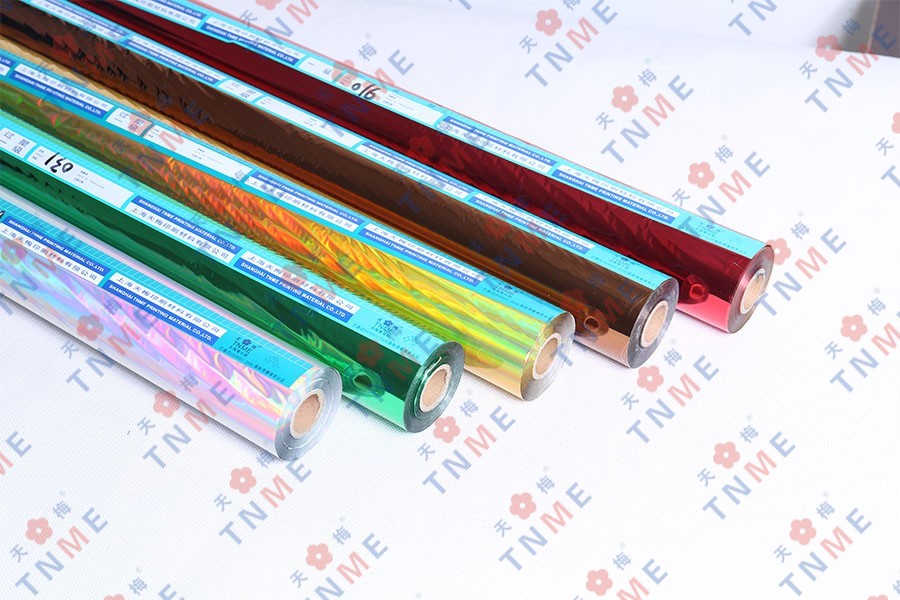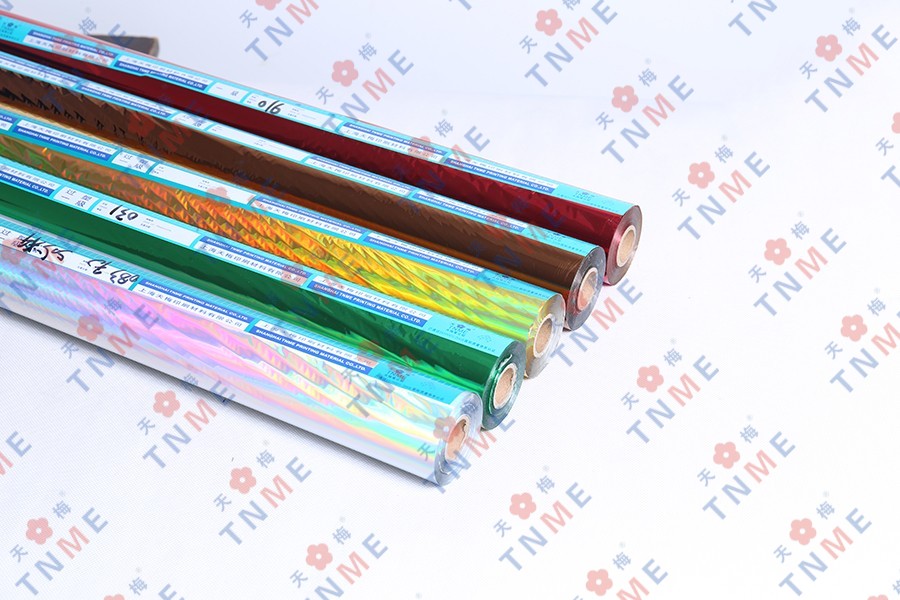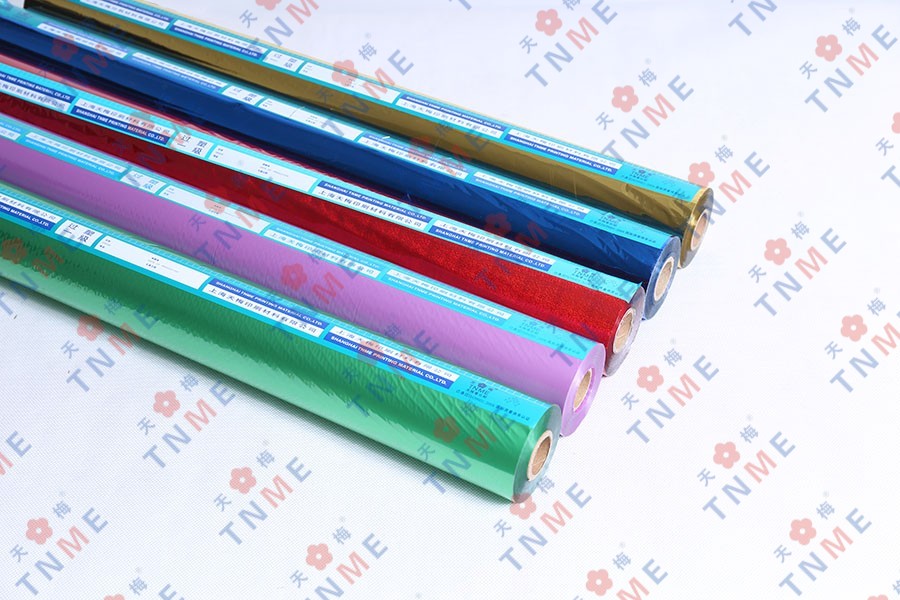What are the limitations of overprinted foil?
Author:admin Date:2023-09-08
Overprinted foil, also known as stamped foil or foil stamping, is a decorative technique commonly used in printing and packaging to add metallic or glossy effects to various materials. While overprinted foil offers many benefits, it also has certain limitations. Here are some of the limitations of overprinted foil:
Complex Designs: Overprinted foil is best suited for simple or moderately complex designs. Highly intricate designs with fine details may not translate well to foil stamping, as the foil material may not adhere properly to extremely small or delicate elements.
Color Limitations: Foil stamping is typically limited to metallic or glossy colors. While these colors can create eye-catching effects, they may not accurately reproduce a wide range of colors found in full-color images. Complex color gradients or photographic images are not well-suited for foil stamping.
Text Legibility: Foil stamping works well for larger text elements, but very small text or intricate fonts might not be as legible when created using foil. The process may not capture extremely fine letterforms, which could affect the readability of printed text.
Registration Issues: Accurate registration (alignment) between the printed design and the stamped foil can be challenging, especially when dealing with multiple colors or complex designs. Slight misalignment can result in a less polished final product.
Cost: Overprinted foil can be more expensive compared to traditional printing methods due to the additional steps involved in the process. This cost consideration may limit its use for projects with tight budgets.
Limited Substrates: Foil stamping works best on smooth, flat surfaces. It might not work well on highly textured or uneven surfaces, and certain materials may not be suitable for the process.
Durability and Wear: Over time, the foil stamping can wear off or fade with use, especially if the printed material is subjected to frequent handling or rubbing. This may not make it the ideal choice for items that require long-lasting durability.
Production Time: Foil stamping involves multiple steps, including the creation of a custom die, preparation of the foil, and the actual stamping process. This can extend the production timeline compared to simpler printing methods.
Waste Generation: The foil material used in stamping is typically not recyclable due to the combination of paper and metal. This can result in environmental concerns regarding waste and disposal.
Limited Print Runs: Foil stamping can be less efficient for small print runs, as the setup and material costs may not be as cost-effective for producing a limited number of items.
Despite these limitations, overprinted foil remains a popular choice for adding elegance and a touch of luxury to various printed materials. It's important to carefully consider the design and intended use of the printed piece to determine whether overprinted foil is the right choice.




 English
English 中文简体
中文简体

















